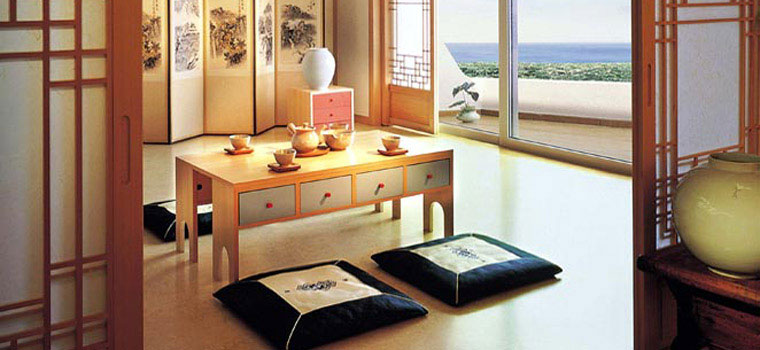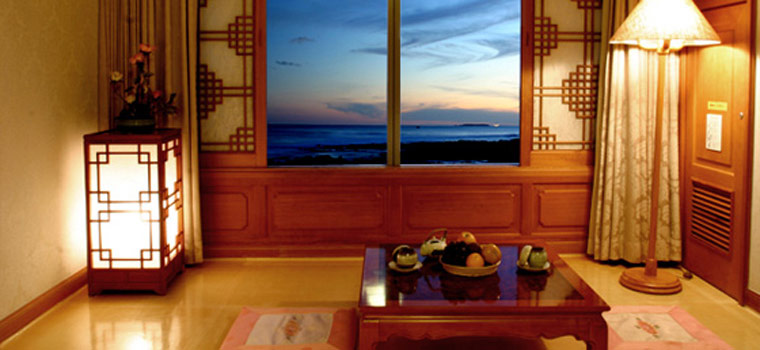 |
|
|||







|
 HOME
HOME
 HOT-FILM
HOT-FILM
 PRODUCTS
PRODUCTS
 INSTALLATION
INSTALLATION
 CONTACT
CONTACT

|
The Korean traditional heating system “ONDOL”
In its traditional form, the ondol utilizes direct heat transferred from wood smoke to the underside of a thick masonry floor. In modern times, the term ondol refers to any type of under-floor heating in Korean housing. "Gudeul," meaning "baked stone," is another name for an ondol.

The heat of an ondol originally came from wood, but modern homes and apartments are built with hot-water pipes embedded in the floor.

Source: International Society of Ondol
“ONDOL”- Ancient heating system with modern application

Traditionally, the source of heat for the ondol was a fireplace. This might be located in the kitchen or on the outside wall of the living room. A kitchen with two or three fireplaces could be surrounded by a matching number of ondol-heated rooms. In an old Korean kitchen, you might find one or two big iron cauldrons on the fireplace. Thus, the fire used for cooking rice or soup was also used to heat the room next to the kitchen!
In general, the kitchen was built two or three feet lower than the room that was being heated. The difference in level made it easy for the smoke and hot air to run under the floor of the elevated room. Smoke running under the floor? Yes, that is the secret of Ondol.
It is said that there was once an ondol room—hundreds of years old—that had incredible thermal efficiency. Because of the design of the room's flue structure, its floor would remain hot for 45 days with just one heating! Warmth could supposedly be felt for 100 days. Unfortunately, that room was destroyed during the Korean War in the early 1950's. In 1982, engineers restored the structure, and tourists can visit its ondol room. The present thermal efficiency is not nearly as good as the original. Still, after one heating, the floor remains warm for ten days in spring and fall, and for three days in winter, even when the temperature is below 14 degrees Fahrenheit.
Ondol has had a great impact on the Korean life-style. For one thing, because the floor is much warmer than the indoor air, people naturally sit on the warm floor rather than on colder chairs. Koreans thus sit, eat, associate, and sleep on the floor. To keep the floor even warmer, they sometimes cover it with a thick bed quilt called ibul. When family members come in from outside, they put their cold legs under the bed quilt to enjoy the comfortable warmth together—a real bonding experience!




